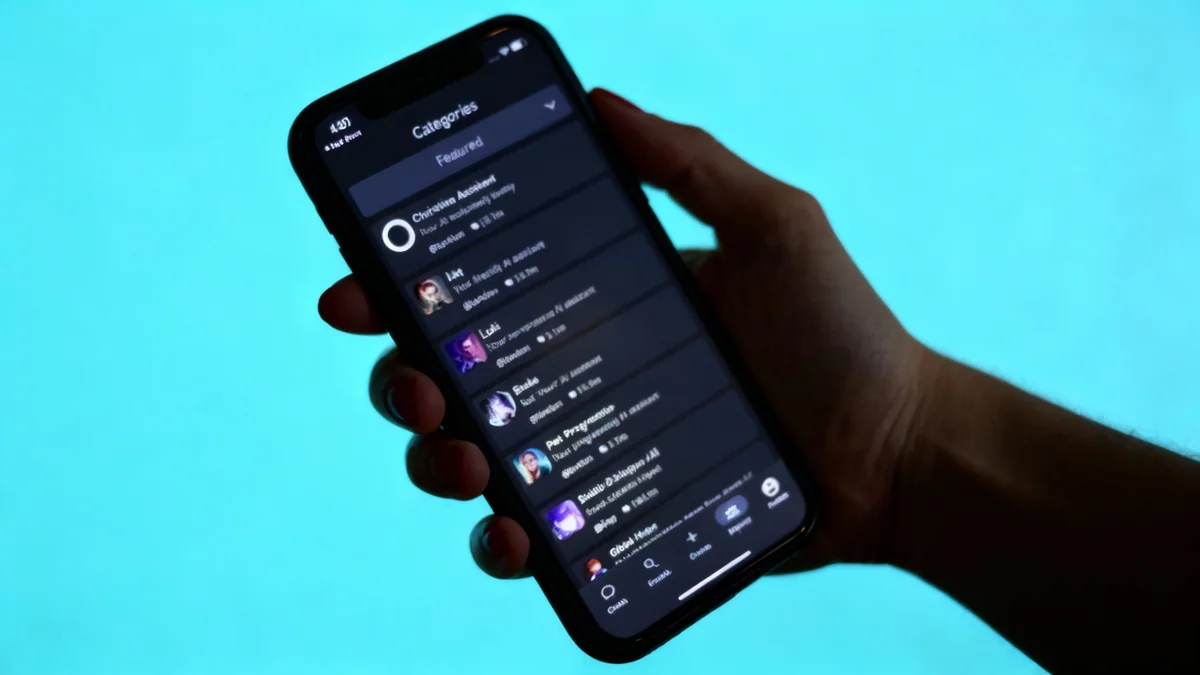An attempt to disconnect from artificial intelligence for just two days reveals how deeply embedded algorithms have become in the fabric of modern life. The experiment, which aimed to avoid all contact with machine learning and generative AI, proved to be a formidable challenge, impacting nearly every decision from what to eat to how to travel.
What begins as a simple tech detox quickly exposes the invisible systems that power our world, raising questions about our growing dependence on automated intelligence for everyday tasks.
Key Takeaways
- Avoiding artificial intelligence for 48 hours is nearly impossible in a modern, connected society.
- AI and machine learning extend far beyond smart assistants and chatbots, influencing logistics, finance, entertainment, and retail.
- The experiment highlighted how many daily conveniences, such as navigation apps, streaming recommendations, and online shopping, are powered by complex algorithms.
- Disconnecting from AI requires a conscious return to analog methods and a significant shift in daily habits and consumption patterns.
The Unseen Intelligence in Daily Life
When most people think of artificial intelligence, they might picture advanced robots or conversational chatbots. The reality, however, is far more subtle and pervasive. AI, and its subset machine learning, operates quietly in the background of countless daily activities.
From the moment you wake up, you are likely interacting with AI. The alarm on your smartphone may use machine learning to adjust to your sleep patterns. The news feed you scroll through is curated by algorithms designed to show you content you are most likely to engage with. Even your morning commute is often optimized by AI-powered traffic prediction in navigation apps.
What Is Machine Learning?
Machine learning is a type of artificial intelligence that allows software applications to become more accurate at predicting outcomes without being explicitly programmed to do so. Machine learning algorithms use historical data as input to predict new output values. This is the technology behind Netflix recommendations, email spam filters, and credit card fraud detection systems.
This silent integration means that attempting to avoid it is not as simple as putting down your phone. It involves scrutinizing nearly every product and service for its connection to an underlying algorithmic system.
The 48-Hour Disconnection Challenge
The premise was straightforward: for two full days, avoid any and all interaction with artificial intelligence. This meant no generative AI for writing or image creation, but it also extended to the less obvious forms of machine learning that govern modern infrastructure.
The rules required a complete overhaul of a typical routine:
- No Streaming Services: Platforms like Netflix, Spotify, and YouTube rely heavily on recommendation algorithms to function.
- No Social Media: Content feeds are entirely curated by AI to maximize user engagement.
- No Ride-Sharing or Modern Navigation: Apps like Uber and Google Maps use complex AI for pricing, routing, and dispatch.
- Limited Online Shopping: E-commerce sites use machine learning for product suggestions, personalized ads, and even inventory management.
- Cautious Financial Transactions: Modern banking uses AI for fraud detection, meaning even a simple card payment involves an algorithmic check.
The goal was to experience a world stripped of this invisible layer of intelligence, revealing just how much we rely on it without a second thought.
Research suggests that the average person in a developed country can interact with AI systems hundreds of times per day. These touchpoints range from unlocking a phone with facial recognition to receiving a personalized advertisement or having an email sorted into a specific folder.
Surprising Hurdles and Unexpected Discoveries
The initial hours of the experiment highlighted the obvious dependencies. Without a smartphone's smart features, tasks like checking the weather or navigating to a new location required a return to older methods, such as listening to a radio broadcast or consulting a paper map.
However, the more profound challenges emerged in areas not typically associated with high technology.
The Trouble with Food and Shopping
A trip to the grocery store became a complex task. Many large retail chains use sophisticated AI-driven logistics systems to manage stock, predict demand, and set prices. Supporting these businesses could be seen as interacting with AI. The solution involved seeking out small, local markets that operate on a more traditional model.
What you choose to eat is also influenced by algorithms. Meal-kit services and recipe apps all use personalization to suggest what you should cook next. Avoiding them meant relying on old-fashioned cookbooks.
"We've outsourced a significant amount of our daily decision-making to algorithms. We don't just ask them for directions; we let them shape our tastes, our purchases, and even our social interactions. Trying to take that control back, even for a short time, feels like swimming against a powerful current."
Transportation and Communication
Getting around was another major obstacle. Without GPS apps, navigating a city becomes a test of memory and planning. Public transportation schedules, while often fixed, are increasingly managed by smart systems that adjust for delays and track vehicle locations in real-time, another gray area for the experiment.
Communication was stripped back to basics. Modern email clients use powerful AI to filter spam and prioritize important messages. Turning these features off is often not even an option. The only truly AI-free methods were direct phone calls or face-to-face conversations.
Reflecting on a World Shaped by Code
Living without AI for 48 hours proved to be less of a digital detox and more of a lesson in modern infrastructure. The experiment demonstrated that artificial intelligence is no longer a separate tool we choose to use; it is the foundational operating system for much of society.
This deep integration offers immense convenience and efficiency, from preventing fraudulent charges on a credit card to ensuring fresh produce is available at the supermarket. However, it also highlights a growing dependency that is largely invisible to the average person.
As AI continues to evolve, the line between human-led processes and automated ones will blur even further. This small-scale experiment serves as a powerful reminder of the speed and scale of this technological shift, prompting a deeper consideration of the trade-offs between convenience and autonomy in an increasingly algorithmic world.





